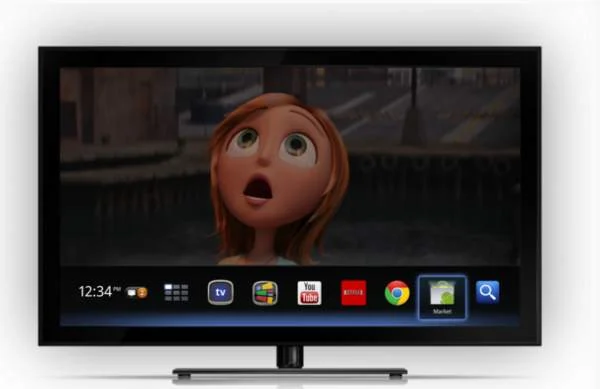An enigmatic device dubbed “Qube with Google TV Dongle” was recently spotted making its merry way through the FCC’s approval process.
Interestingly, the device seems like it is designed to be paired with a separate set-top box known as the “Qube.”

Although there are already a number of products on the market powered by Google’s rapidly evolving TV operating system, the folks at The Verge believe the Qube may very well be a Nexus device that Mountain View is planning to launch this upcoming January.
This theory could also help explain why Google seems to have pulled the plug on its original Nexus Q streamer.
“It’s hard to know too much about the Qube, as the FCC filing is not about the device, but rather a wireless dongle that connects to it over USB,” explained Dante D’Orazio of The Verge.

“However, it’s clear from the imagery that the dongle does not have a processor, and therefore could not simply be plugged into a television and run Google TV. It does have Wi-Fi and RF connectivity, the latter being for a wireless keyboard and touchpad which would presumably be used to control the Qube.”
Interestingly, two apps coded for the Qube recently tipped up on Google Play story: O!Mobile Remote and O!Mobile Control Center. According to D’Orazio, the remote app seem to be part of the Control Center, which also offers a “cloud media streaming service.”
As you may recall, Google debuted its Nexus Q media player back in June although the device never made it to market. Essentially, the Android Jelly Bean device allowed users to stream music and video from Google Play, Google Drive, Android tablets and smartphones.
The Nexus Q – which also doubled as an amplifier with external speakers – was powered by TI’s dual-core OMAP 4460 processor, an SGX540 graphics core, 16GB of storage and 1GB of RAM.
The Nexus Q also offered dual-band WiFi and Ethernet, as well as Bluetooth and NFC support for tapping a device to the Q to exchange software and media. Of course, Q could also be connected to an HDTV, a sound system, or as noted above, a set of stand-alone speakers.
Additional specs included micro HDMI (Type D), TOSLink Optical audio (S/PDIF), 10/100BASE-T Ethernet (RJ45), Micro AB USB (for service and support), banana jack speaker outputs and a 25W class D amplifier (12.5 watt per channel).






